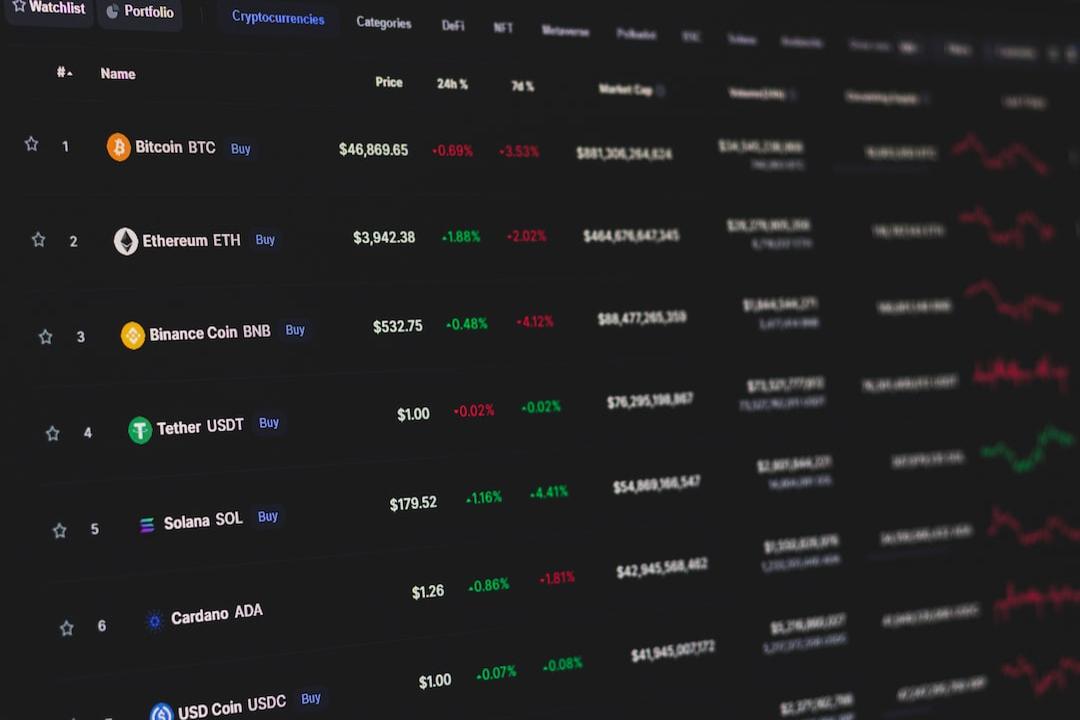As stablecoins become increasingly popular in the global cryptocurrency market, a seemingly far-fetched theory is quietly emerging: “Could stablecoins, through their issuance and reserve mechanisms, invest in U.S. Treasury bonds while circulating as digital currency, allowing one dollar to create the value of two currencies? Could they even become a political tool for the U.S. to achieve ‘debt relief’ and the ultimate layout of financial decentralization?”
Double Currency Effect: How Can One Dollar Become Two Dollars?
According to cryptocurrency analyst @CryptoPainter_X on X, Tether issues an equivalent amount of USDT and invests the received dollars heavily in U.S. Treasury bonds. These dollars become both Treasury bond assets and return to the market in digital currency form through USDT. This may appear to be a normal operation on the surface, but it could potentially create a “one dollar becomes two dollars” duplicative effect:
In other words: a user buys USDT with one dollar ➡️ Tether uses this dollar to purchase Treasury bonds ➡️ USDT can still be used as a payment tool in the market. He believes that, although this action currently does not violate existing regulations, it essentially creates a dual-circulation currency form, similar to the reserve amplification principle of traditional banks, only this time the issuing entity is a private enterprise.
When Tether Becomes a Bank: Is USDT a Digital Version of the “Fractional Reserve System”?
This mechanism is similar to the financial product “Yuebao” launched by Alipay in early China or the M2 system in the banking system that creates deposits through credit, but the difference is that the circulation of stablecoins is entirely structured on blockchain and digital transaction systems, thus existing outside the central bank’s view:
When USDT circulates only in the cryptocurrency market, the effect of “currency multiplication” is not apparent due to the closed system; however, once it enters the real economy, for example, when USDT is used for consumption within the United States, it could lead to an expansion of the dollar’s monetary base, which can be seen as an alternative form of “covert money printing.”
(Circle plans to apply for a U.S. banking license; will stablecoin issuers become crypto banks?)
Debt Vacuum Cleaner? Stablecoins Become an Export of U.S. Fiscal Pressure
Tether, as the seventh largest buyer of U.S. Treasury bonds globally, currently holds approximately 80% of its reserve assets in Treasury bonds, amounting to over a hundred billion dollars. This signifies that the proliferation of stablecoins effectively guides global dollar liquidity to support U.S. finances, indirectly becoming a “Treasury bond vacuum cleaner.”
In this context, the U.S. not only further solidifies the dollar’s hegemony through stablecoins but also avoids domestic inflationary pressures. This dual effect of capital repatriation and leverage makes stablecoins a highly potential policy tool in the U.S. economy.
(Tether was the seventh largest buyer of U.S. Treasury bonds last year; is USDT really too big to fail?)
CloverAI founder @JackyYi_06 pointed out that stablecoins could indeed become a new tool for the U.S. to “relieve debt pressure”:
If the U.S. government adopts more open policies, such as the crypto-friendly direction advocated by Trump, stablecoins may become a global “debt outsourcing tool.”
Looking back at Trump’s USD1: Does the U.S. want to reshape the dollar’s hegemony through stablecoins?
@JackyYi_06 further stated that if Trump successfully becomes re-elected and vigorously promotes stablecoin legalization policies, this strategy could quickly take shape, with potential advantages including:
– Using stablecoins as a “decentralized dollar” to be promoted globally
– Transferring debt to stablecoin holders
– Continuing the dollar’s dominant position and diversifying inflation risks
Although Trump has explicitly opposed Central Bank Digital Currencies (CBDCs), he does not rule out using his own (USD1) or private stablecoins as tools to promote a political strategy that is more closely integrated with blockchain.
(WLFI airdrops USD1; BitGo launches staking services; is this paving the way for WLFI to enter the institutional market?)
Can stablecoins become financial rising stars? Central banks will not sit idly by
Jacobmei.eth, chairman of Jie Kou Payment, believes that even though the value amplification effect created by stablecoins is similar to the credit creation mechanism of banks, their attempt to break through the central banks’ control over money supply and payment systems may struggle to succeed:
Central banks are unlikely to allow any private currency to replace the status of legal tender, as this could threaten tax revenues and financial sovereignty. This also explains why there is a global acceleration in the rollout of CBDCs and the drafting of stablecoin regulations to seize control of the financial future.
He added, “Although stablecoins like USDT or USDC have been used in many payment systems such as Pay or Visa, the actual settlement process of transactions still often involves intermediaries exchanging them for fiat currency.”
This design reduces the impact of price fluctuations on both parties in the transaction while also avoiding the direct use of stablecoins as the final medium of payment, thus not touching the sensitive red line of central banks regarding monetary sovereignty.
What is the Truth Behind the Leverage of Stablecoins: Innovation, Illusion, or Risk?
In conclusion, the mechanism of stablecoins could indeed create what appears to be a “double currency” asset effect, assisting the U.S. government in achieving its strategy of “relieving debt pressure” without inflation risks. However, without transparent regulation and international cooperation, they may ultimately become the fuse for the next financial storm.
Are stablecoins a leverage tool in the new monetary era or a bubble trap under the illusion of monetary power? What is certain is that this is a three-way game between national sovereignty, financial innovation, and market trust.
Risk Warning
Investing in cryptocurrencies is highly risky, and their prices may fluctuate dramatically, potentially resulting in the loss of all principal. Please assess risks with caution.

